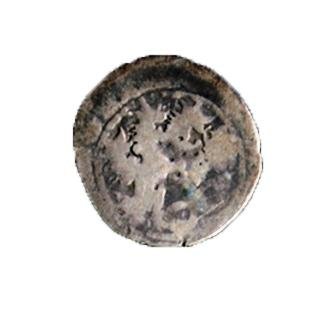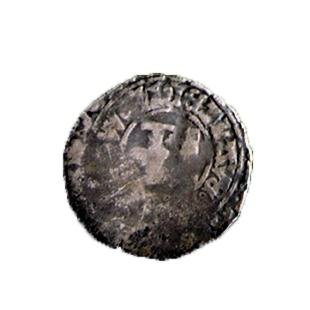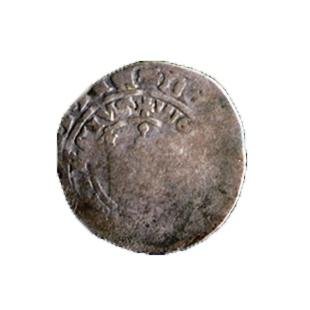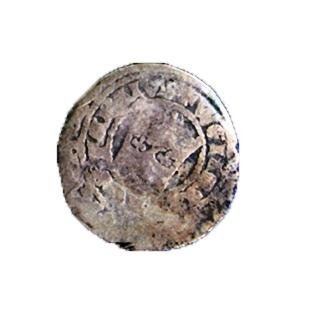About 1300 the Czech King Wacelav II conducted a monetary reform, the result of which was the emergence of one of the most recognizable coins in the world - the Prague penny. The term "penny" comes from the Latin phrase "denarius grossus", which in the Middle Ages was used to designate a large silver coin. The weight basis for the new coin was Prague, or a heavy hryvnia, weighing 253.14 g, from which 64 coins weighing 3.96 g were minted and the silver content in the coin was about 3.7 g. However, despite the fact that contemporaries dubbed the Prague grosh "Eternal coin", during its circulation, only appearance remained unchanged, while the value of the coin was continuously decreasing. Coin minting was carried out by the Mint, which was organized in the Czech city of Kutna Hora.
Kutnogorsk emissions quickly won European recognition. On the territory of the Grand Duchy of Lithuania the Prague penny was the basis of monetary circulation until the end of the 15th century and even became an export item to Russian lands. A direct consequence of the spread in the principality of the Czech coin was the hardening in its markets of such countable monetary concepts as a cop (60 groszy) and a half-cop (30 groszy), a ruble (100 groszy) and half a fat (50 groszy). The bulk of Kutnogorsk money products entered the Belarusian lands in the period between 1378 and 1419.
Eight coins of this period can be seen in the exposition of the Museum of Local Lore in Polotsk. The exhibits are silver coins weighing 2.7 g and a silver content of 61-63%. On the obverse there is a circular legend “WENCEZLAVS TERTIVS / DIE GRATIA REX BOEMIE” and an image of the Czech crown of Wenceslas IV; on the reverse - the legend “GROSSI PRAGENSES” and the heraldic Czech lion. The coins were transferred to the museum in 1989 by the driver of the “Polotskselstroy” motor depot from Farinovo Zayanovskiy A.V.








